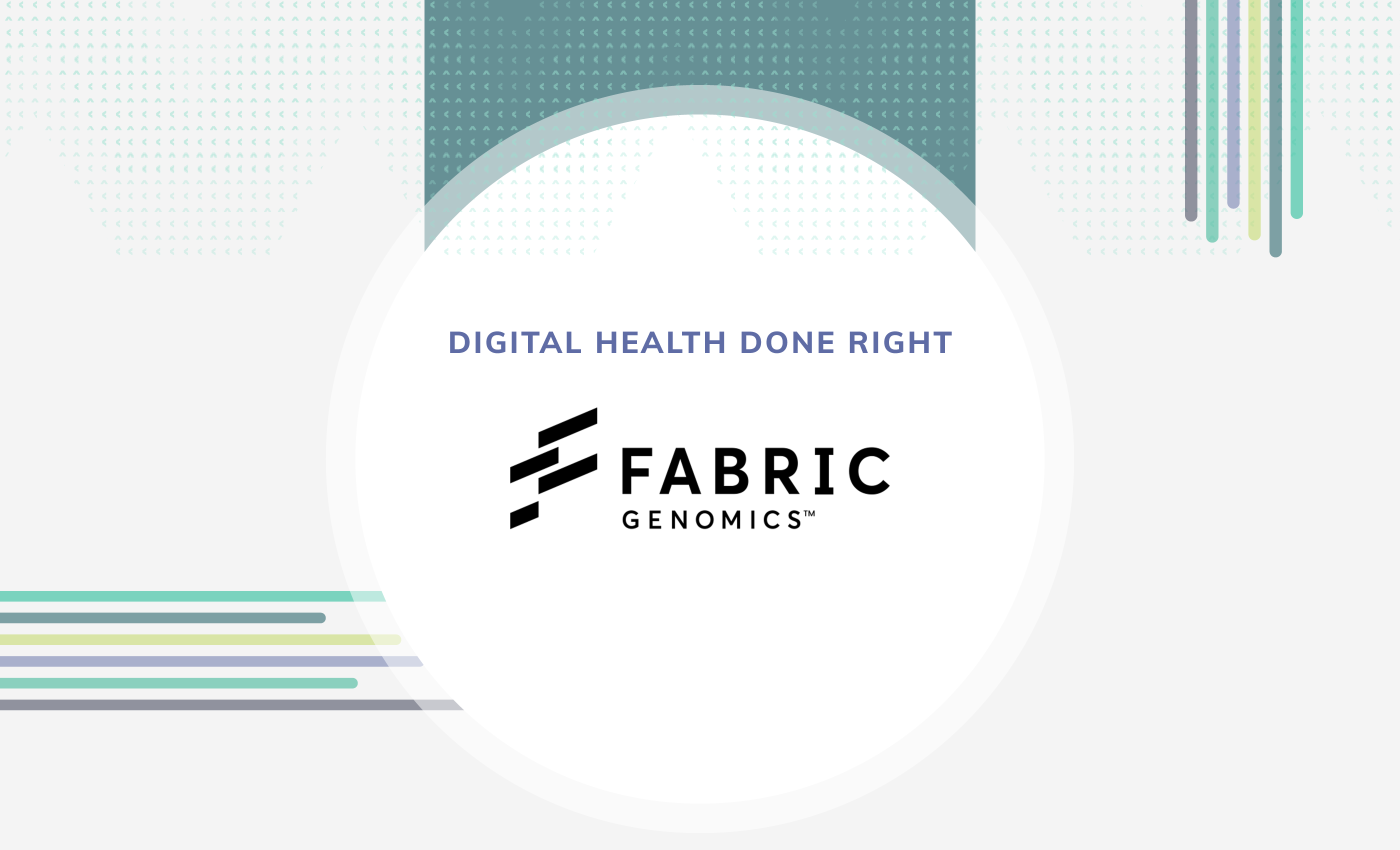Digital Health Done Right: Fabric Genomics
Apr 26, 2017

Digital Health Done Right is a Redox Blog Series that shines a light on a member of our interoperable network. We believe in what our partners are doing and want to share their stories and outcomes with you.
So far in this blog series, we’ve highlighted digital healthcare companies whose solutions provide care directly to patients. It makes sense that many emerging health-tech companies target consumers this way—the market is huge, and with wearables and health tracking apps becoming commonplace, people are primed for healthcare and technology to be more integrated in their daily lives.
While consumer health is going strong, there’s another, less visible marketplace where innovative healthcare technology solutions are also finding traction—laboratories and medical research facilities. With so many complex workflows and opportunities for technology to streamline research, seeing this kind of development makes a lot of sense, and it’s fascinating to see the the kind of companies that are emerging to help scientists and researchers learn and study more efficiently.
Innovation for researchers
Take Fabric Genomics. They’re a super cool health-tech company that’s developed tools for scientists to easily and accurately analyze genomes, exomes, and gene panels, which, if Google serves me right, is how scientists compare and decipher how genes mutate and react in a given sample. Fabric Genomics' advanced methodology allows scientists to run tests on a higher volume of genomes at a quicker rate than ever before—for urgent cases, this can be done in less than hour. This produces more results, which is great because Fabric Genomics’ platform also serves as a patient data repository. Scientists and other care team staff can query and analyze results for on-going patient care, which is useful for recognizing patterns among patient populations.
Fabric Genomics’ offerings are particularly useful when it comes to studying two areas of genome-related conditions: hereditary diseases and oncology. For the former, Fabric Genomics allows for in-house testing with quick turnaround time, which is useful in delivering holistic insights into genetic histories that could affect patients today. For the latter, their product can report on tumors and hematology cases while also performing molecular and clinical interpretations using the most up-to-date and accurate clinical information, such as approved drugs specific to the patient’s cancer.
Beyond these functions, Fabric Genomics platform gives health systems an incredibly valuable asset: a network of expert scientists who can be called upon for interpretation of difficult cases. Having the ability to confer about and corroborate findings with other specialists within the same platform essentially expands a health system’s staff—and ultimately delivers better evaluations of and care for patients.
Safe and integrated workflows
Fabric Genomics’ products are HIPAA compliant and allow health systems to implement lab-specific protocols and procedures to ensure the accuracy of results at scale, meaning whether you’re a big health system or small, you can be sure your testing and results are always consistent. What’s more, their tools seamlessly integrate with health system EHRs, providing actionable genomic results that live not in a third-party application, but within physician workflows at the point-of-care. This makes implementing and making use of Fabric Genomics’ tools easier and intuitive for clinicians and scientists.
It’s sometimes easy to think only of the medical technology that you’ll get to see and interact with first hand, but it’s interesting to think about what goes on behind the scenes of medical research. We appreciate the hard work and thought that goes into developing the kind of innovations that help drive the field of medical research forward, and we’ll continue to spotlight awesome companies like Fabric Genomics who seek to help the people who ultimately help us.
To read more about Fabric Genomics, head over to their website by clicking here.
